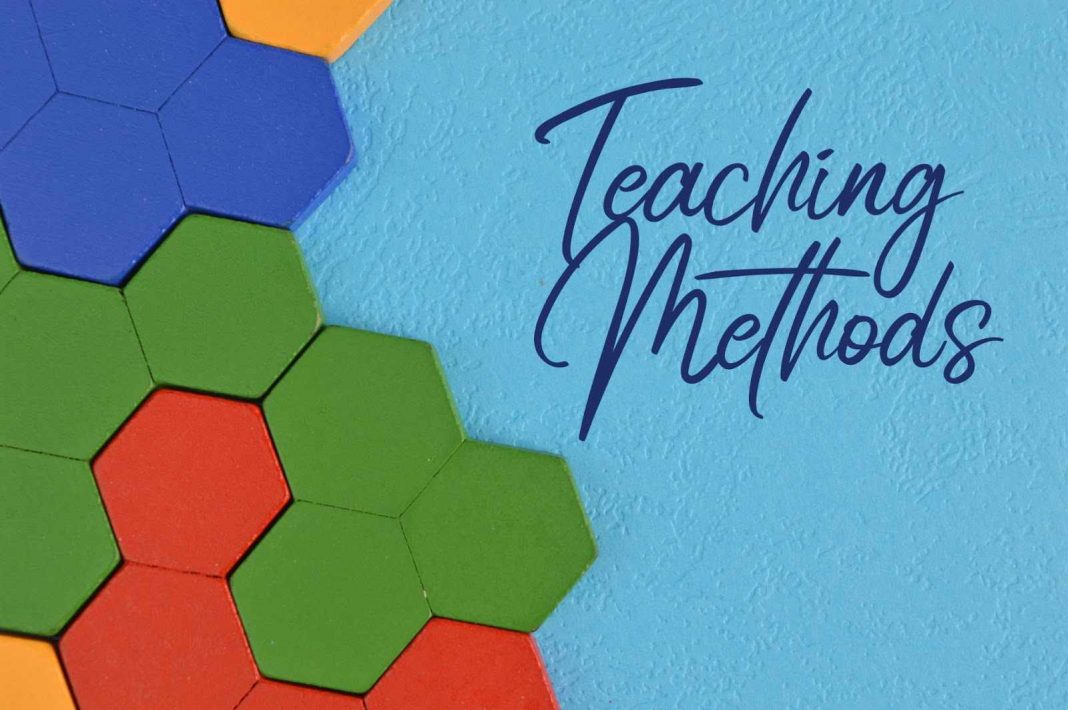Throughout history, teaching methods have evolved alongside societal changes and knowledge advancements. Initially, knowledge was transmitted orally in ancient civilizations, then formal schools emerged in classical societies like Greece and Rome. The Renaissance fostered individual learning and inquiry, paving the way for modern education.
Math & ELA | PreK To Grade 5
Kids see fun.
You see real learning outcomes.
Watch your kids fall in love with math & reading through our scientifically designed curriculum.
Parents, try for free Teachers, use for free
Today, in an era of technological progress and global diversity, classrooms reflect a mix of cultures, languages, and ideologies. A one-size-fits-all teaching approach is inadequate for students’ diverse backgrounds and learning styles. Contemporary education demands varied teaching methods tailored to each student’s unique needs, ensuring effective, engaging, and relevant learning.
In this blog, we will delve deep into some of the best teaching methods educators can explore and implement, ensuring a comprehensive and inclusive approach to learning for all students.
Experience the future of learning with an innovative game-based approach and transform how your students engage with education!
What are Teaching Methods?
Teaching methods are specific techniques educators employ to deliver knowledge or skills, such as lectures, discussions, or hands-on activities.
Difference Between Teaching Methods and Teaching Strategies:
Teaching Methods: The actual techniques used, like group discussions or lectures.
Teaching Strategies: The overarching plans or approaches guiding how content is taught.
Related Reading: Best Teaching Strategies
3 Importance of Teaching Methods
The right types of teaching methods are crucial in education. A recent study emphasized the value of active learning, where students aren’t just passive listeners but active participants. This aligns with Vygotsky’s 1978 concept of the ‘zone of proximal development,’ highlighting the space where learners, with guidance, can achieve beyond their independent capabilities.
Here’s why teaching methodologies matter:
- Enhancing Engagement: Active approaches to teaching capture students’ attention and foster a deeper connection with the subject matter. When students are actively engaged, they are more likely to internalize and reflect upon the content.
- Catering to Diverse Learning Needs: Every student has a unique learning style and pace. By employing a variety of methods of teaching, educators can ensure that they address all students’ diverse needs and preferences, making learning more inclusive.
- Improved Retention: The right approaches to teaching don’t just impart knowledge; they make it stick. Educators can enhance understanding and retention of content by catering to different learning styles and actively involving students.
List of 12 Best Teaching Methods to Explore

In the diverse world of education, various teaching methods stand out for their effectiveness and adaptability. Dive into these standout approaches that are shaping modern classrooms and enhancing student learning experiences.
1. Game-based Learning
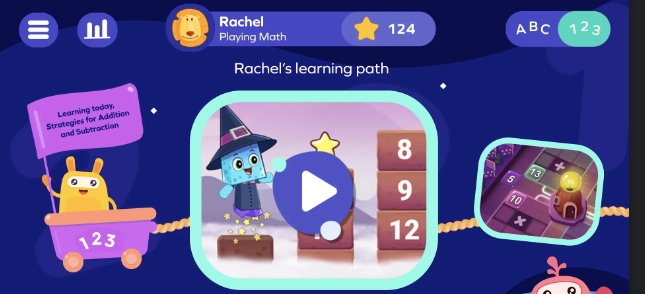
Best for: Kids of all ages
Game-based learning is an innovative teaching method that integrates games into the curriculum. Rather than traditional teaching techniques, it uses the mechanics of games to engage students, making the learning process more interactive and enjoyable. This method taps into the natural love for play, turning educational concepts into fun challenges.
Advantage: Engages students, makes learning fun, and improves retention.
Disadvantages: Increased screen time and might not be suitable for all topics.
Example: SplashLearn is a prime example of game-based learning in action. It offers a plethora of interactive math and reading games tailored for preK-grade 5 kids. By transforming complex concepts into engaging challenges, SplashLearn makes learning enjoyable and ensures deeper understanding and retention, showcasing the effectiveness of game-based teaching methods.
Ready to make learning an adventure? Get started with SplashLearn and watch your students thrive with game-based learning!
2. Student-Centered Approaches
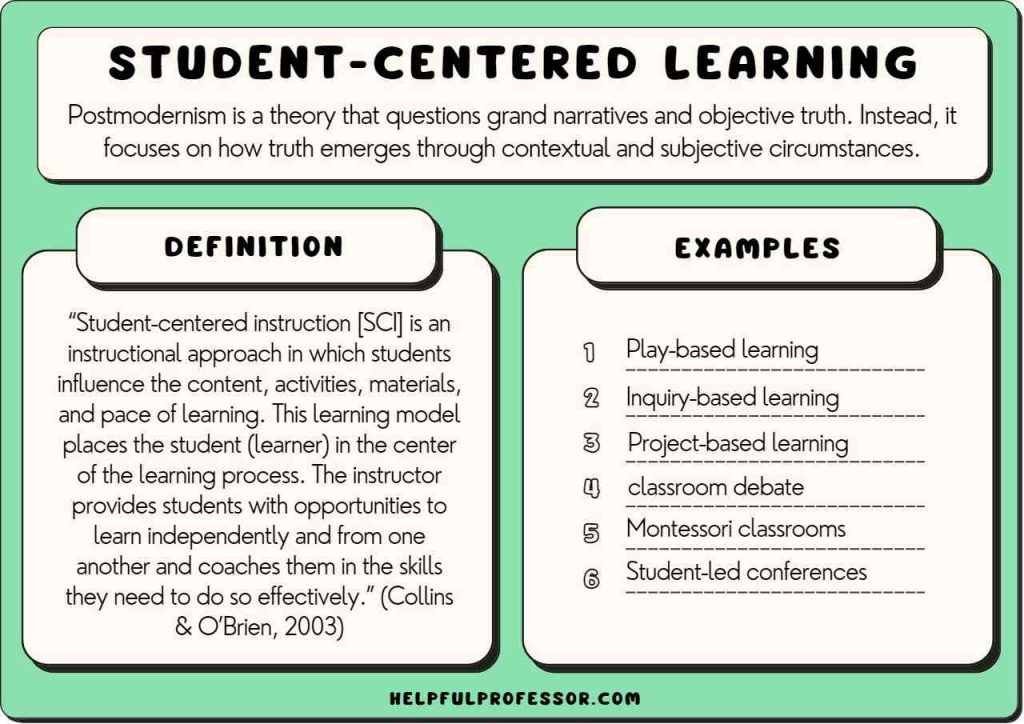
Best for: Middle School and High School students (ages 12-18)
Student-centered approaches shift the focus from the teacher to the student. In these teaching approaches, students play an active role in their learning journey, with educators acting as facilitators. The curriculum is often tailored to students’ interests and needs, promoting autonomy, self-direction, and a deeper connection to the content.
Advantage: Encourages critical thinking, fosters independence, and caters to individual learning needs.
Disadvantages: Can be challenging to manage in larger classrooms and might require more preparation time.
Example: Implementing group projects where students choose their topics and presentation methods.
Related Reading: Best Tips for Creating a Healthy Student-Centered Learning Environment
3. Teacher-centered Learning
Best For: All age groups, but especially prevalent in traditional classrooms.
Teacher-centered learning is one of the classic ways of teaching where the educator is the central figure. In this approach, the teacher is the primary source of information, guiding the flow of lessons, while students primarily listen and absorb knowledge. It’s a structured method that ensures consistency in content delivery.
Advantage: Structured and consistent, ensuring all students receive the same content.
Disadvantages: Might not cater to diverse learning styles and can limit student engagement.
Example: A lecture where the teacher presents a topic, and students take notes, with limited interaction.
4. Project-Based Learning
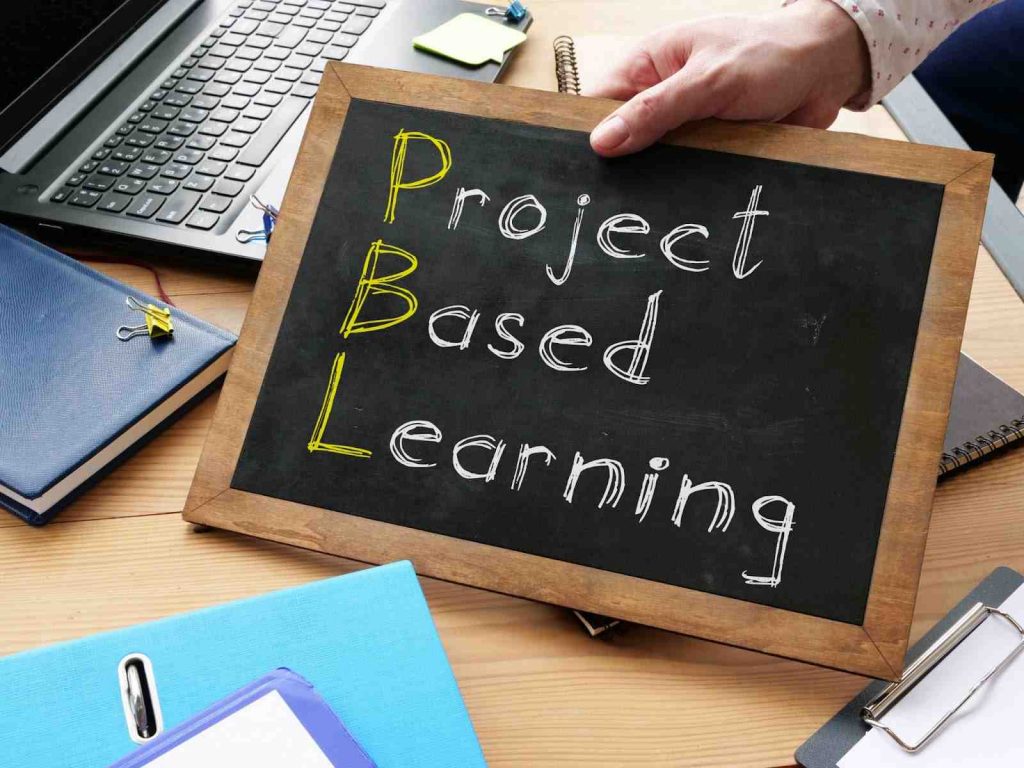
Best for: Middle School, High School, and College students (ages 12-22)
Project-Based Learning (PBL) is an education methodology where students learn by actively engaging in real-world and personally meaningful projects. Instead of traditional instruction, students are posed with a question or challenge and then seek out solutions through research, collaboration, and creativity.
Advantage: Encourages deep understanding, fosters collaboration, and allows students to apply knowledge in practical scenarios.
Disadvantages: Requires careful planning and can be time-consuming.
Example: Students working on a project to design a sustainable city, incorporating concepts from science, math, and social studies.
Related Reading: Easy Math Projects for Students You Must Try
5. Social Emotional Learning

Best for: All age groups, with a particular emphasis on Elementary and Middle School students (ages 6-14)
Social Emotional Learning (SEL) focuses on teaching students about emotions, relationships, and responsible decision-making. It’s not just a teaching style but a holistic approach that integrates emotional and social competencies into the curriculum.
Advantage: Enhances emotional intelligence, improves interpersonal skills, and fosters a positive classroom environment.
Disadvantages: Can be challenging to integrate into academic subjects and requires consistent practice.
Example: Classroom activities that involve role-playing to understand and manage emotions or group discussions about empathy and understanding.
Related Reading: Fun Social Emotional Activities for Preschoolers
6. Flipped Classroom Model
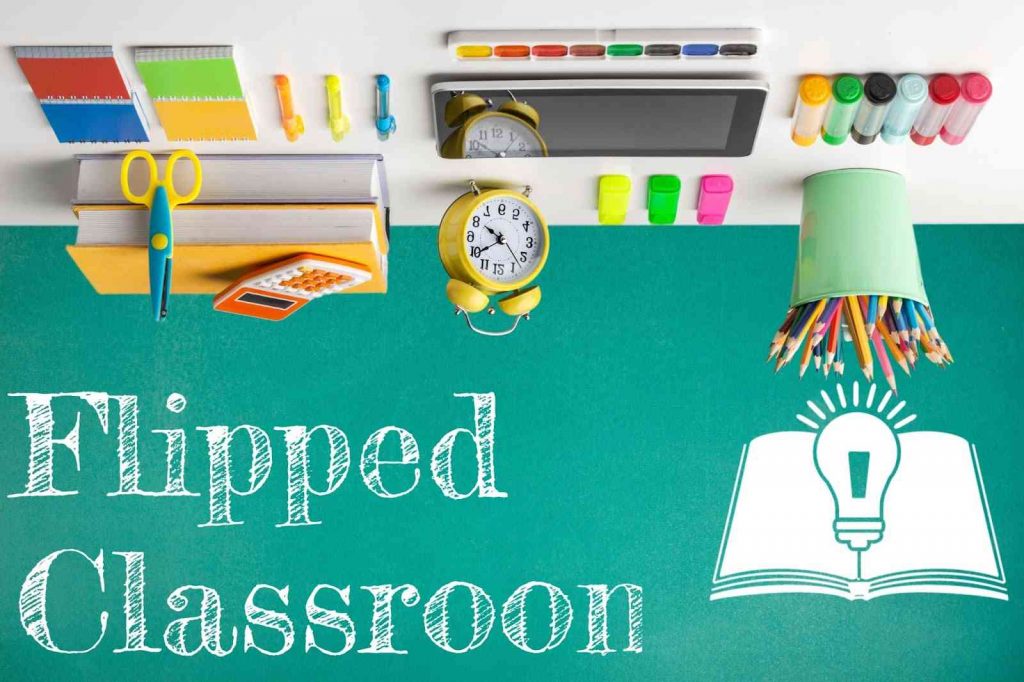
Best for: High School and College students (ages 15-22)
The Flipped Classroom Model is a modern teaching method where traditional homework and lectures are reversed. Students first explore new topics at home through videos or readings, and then classroom time is dedicated to discussions, exercises, and projects that enhance understanding.
Advantage: Maximizes classroom interaction, caters to self-paced learning, and allows for deeper exploration of topics during class time.
Disadvantages: Relies heavily on students’ discipline to study at home and requires access to technology.
Example: Students watching a video lecture on a historical event at home and then participating in a group discussion or simulation activity in class.
7. Collaborative Learning Strategies
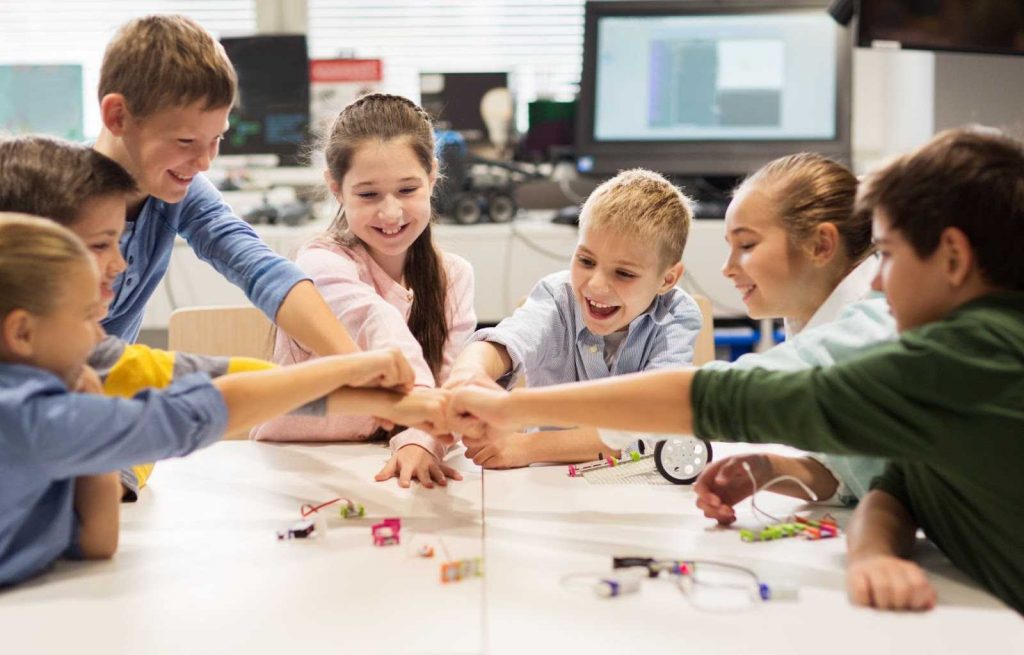
Best for: All age groups, with a particular emphasis on Middle School, High School, and College students (ages 12-22)
Collaborative Learning Strategies are teaching models that emphasize the power of collective intelligence. In this approach, students work together in groups, leveraging each member’s strengths and knowledge. It’s rooted in the belief that collaborative processes can lead to deeper understanding and more meaningful learning experiences than individual efforts alone.
Advantage: Fosters teamwork, enhances communication skills, and exposes students to diverse perspectives.
Disadvantages: Can be challenging to manage, and individual assessment might be tricky.
Example: Students working in groups to create a presentation on a specific topic, dividing tasks and combining their research.
8. Inquiry-Based Learning
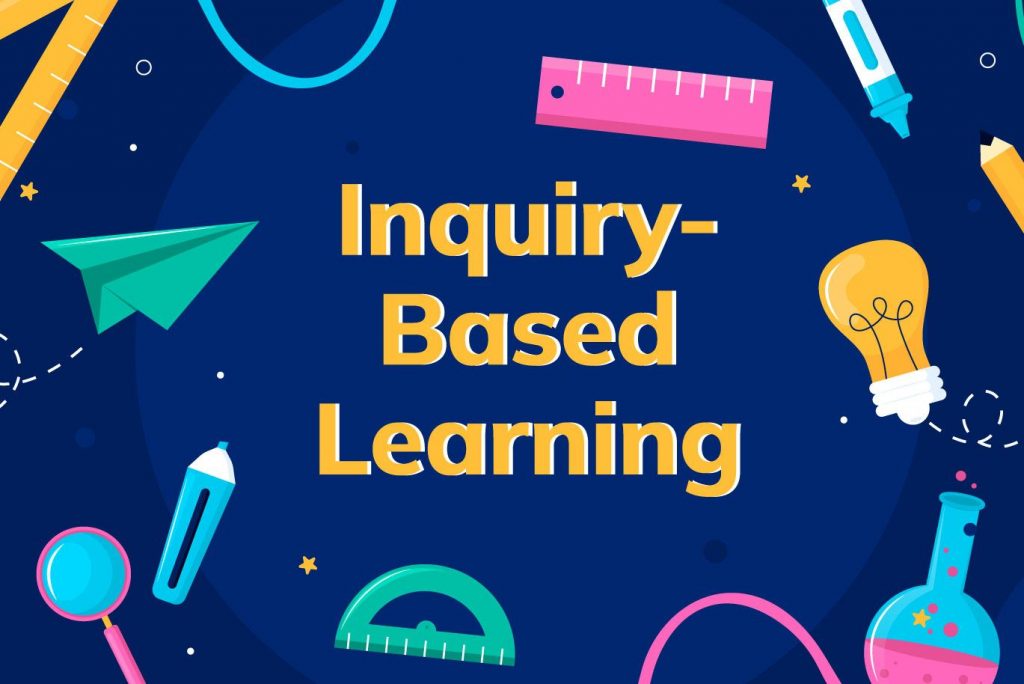
Best for: Middle School, High School, and College students (ages 12-22)
Inquiry-Based Learning is a teaching method that places students at the heart of the learning process. Instead of being passive recipients of information, students are encouraged to ask questions, investigate, and explore topics in depth. This method transforms classrooms into hubs of curiosity and active learning, where students drive the educational journey.
Advantage: Encourages critical thinking, fosters curiosity, and promotes independent research skills.
Disadvantages: Might require more preparation time and can be challenging to guide without leading.
Example: Instead of directly teaching a scientific concept, posing a question like “Why do apples fall from trees?” and guiding students to discover the concept of gravity.
9. Problem-based Learning
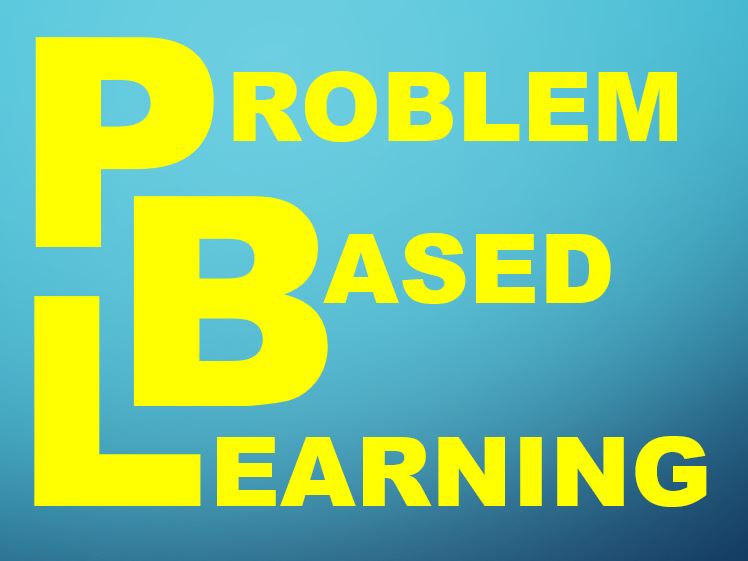
Best for: High School and College students (ages 15-22)
Problem-based Learning is one of the teaching model that centers around presenting students with real-world problems and challenging them to find solutions. Instead of traditional instruction, students use critical thinking, collaboration, and research skills to address complex issues, making learning more relevant and applicable.
Advantage: Enhances problem-solving skills, makes learning relevant, and fosters collaboration.
Disadvantages: Requires well-defined problems and can be time-consuming.
Example: Presenting students with a real-world environmental issue and asking them to devise sustainable solutions.
10. Personalized Learning
Best for: All age groups, but especially beneficial for Elementary and Middle School students (ages 6-14)
Personalized Learning is one of the different teaching method that tailors the educational experience to meet the unique needs, interests, and strengths of each student. Instead of a one-size-fits-all approach, content, pace, and learning methods are adapted for individual learners.
Advantage: Addresses individual learning needs, promotes student autonomy, and can lead to deeper understanding.
Disadvantages: Requires extensive resources and can be challenging to implement in larger classrooms.
Example: Using adaptive learning software that adjusts the difficulty level based on a student’s performance.
Discover the power of personalized learning. Tailor the educational journey to each student’s needs and watch their understanding deepen.
11. Kinesthetic Learning
Best for: Elementary and Middle School students (ages 6-14), but can benefit learners of all ages.
Kinesthetic Learning is among the teaching method examples that cater to learners who understand and retain information best through physical activities. Instead of just listening or watching, kinesthetic learners benefit from doing, moving, and touching.
Advantage: Engages active learners, enhances retention for those who learn best through movement, and can make abstract concepts more tangible.
Disadvantages: Can be disruptive in traditional classroom settings and might not cater to all learners.
Example: Teaching geometry concepts using physical shapes that students can manipulate and explore.
12. Competency-based Learning
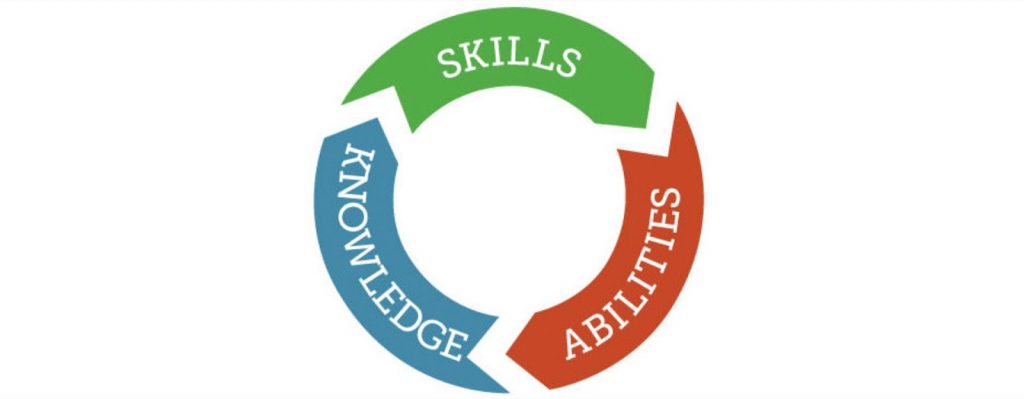
Best for: High School, College students, and Adult learners (ages 15 and above)
Competency-based Learning focuses on ensuring students achieve specific skills or competencies at their own pace. Instead of time-based progression, students move forward when they demonstrate mastery of a particular skill or topic.
Advantage: Ensures deep understanding, allows students to progress at their own pace, and focuses on mastery over time spent.
Disadvantages: Requires clear competency definitions and can be challenging to assess.
Example: A course where students progress to the next module only after passing a competency test on the current module.
Related Reading: What is Blended Learning? Types, Examples, Benefits & Tools
Conclusion
In the ever-evolving landscape of education, it’s imperative for educators to stay updated with diverse teaching methods that cater to all learners. From game-based learning to specialized techniques for students with special needs, embracing a multifaceted approach ensures every student’s potential is realized. As we journey forward, let’s champion inclusivity, innovation, and individuality in our classrooms, crafting a brighter, more inclusive future for all learners.
Embrace the teaching methods of tomorrow and ensure your students aren’t left behind.
Frequently Asked Questions (FAQs)
How can educators stay updated with the latest teaching methods?
Educators can attend professional development workshops, join educational forums, read industry journals, and collaborate with peers to stay updated.
Are traditional teaching methods now obsolete?
No, traditional methods still have value. The key is to blend them with modern approaches to cater to diverse learning needs effectively.
How can technology complement these teaching methods?
Technology offers tools and platforms that can enhance engagement, provide personalized learning experiences, and facilitate collaboration among students.
Is it challenging to implement multiple teaching methods in one classroom?
While it can be challenging, with careful planning and flexibility, educators can effectively integrate multiple methods to benefit all students.

















